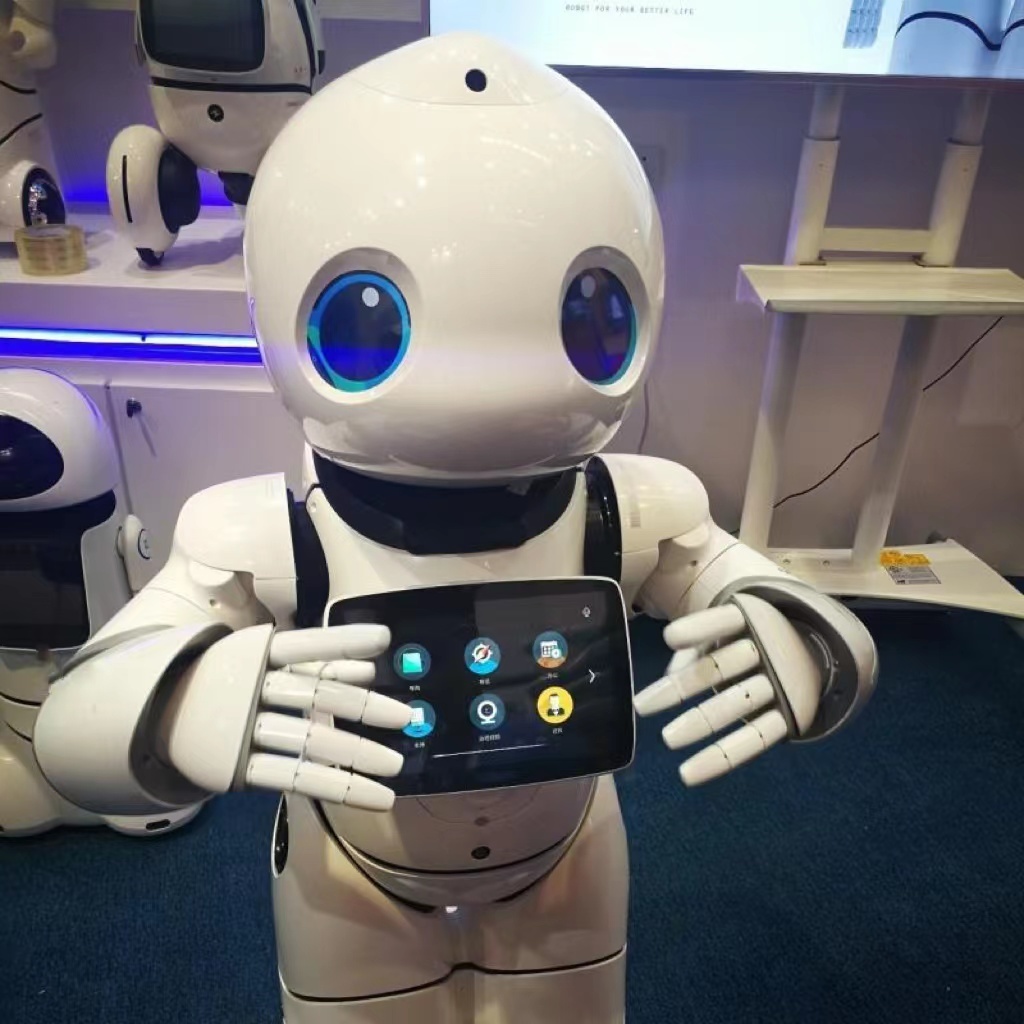Touch screen for intelligent robotics
Capacitive touch screen, as an advanced touch control technology, is playing an important role in the field of intelligent robotics. It provides intelligent robots with a more intuitive and convenient way of interaction. The following are the relationships and applications between capacitive touch screen and intelligent robots:
Human-machine interaction: capacitive touch screen can be used as the main input and output device of intelligent robots to achieve human-machine interaction. Through the touch screen, users can directly communicate with the robot, command input, information display and other operations. This type of interaction allows users to communicate and control the robot more naturally, improving the experience.
Touch gesture recognition: Capacitive touch screen supports multi-touch technology, which can recognise and analyse the user's finger operations and gestures. Intelligent robots can analyse these gestures to understand the user's intentions and needs. For example, the speed or volume of the robot can be adjusted by swiping gestures, and zooming operations can be performed by pinching gestures. This touch gesture recognition provides more intuitive and flexible control.
Virtual Keyboard Input: A virtual keyboard on a capacitive touchscreen can be used to enter text and commands on a smart robot. Users can tap the virtual keys directly on the touchscreen to input without the need for an external physical keyboard. This is much easier and faster for human-machine interaction, especially useful when the robot needs to perform complex tasks or receive detailed instructions.
Navigation and Operational Control: Capacitive touchscreens allow users to navigate and control operations directly on the screen. For example, a map and path are displayed on the interface of an intelligent robot, and the user can instruct the robot to move forward, backward, steer, etc. through gestures or click operations on the touch screen. This approach is very important and practical for robot navigation and operation in indoor or external environments.
Visual information display: the touch screen can be used to display the status, data, images and other information of the intelligent robot. Users can access the robot's working status, sensor data, image recognition results, etc. through the touch screen. This provides users with an intuitive way of displaying information, helping them to better understand the robot's operating conditions and task execution.
Extended applications: Capacitive touchscreens can also be integrated with other sensors and actuators to realise more functions and applications. For example, combined with voice recognition technology, users can interact with intelligent robots through the touchscreen and voice commands. Additionally, combined with virtual reality (VR) or augmented reality (AR) technology, touchscreens can provide a more immersive user experience.





